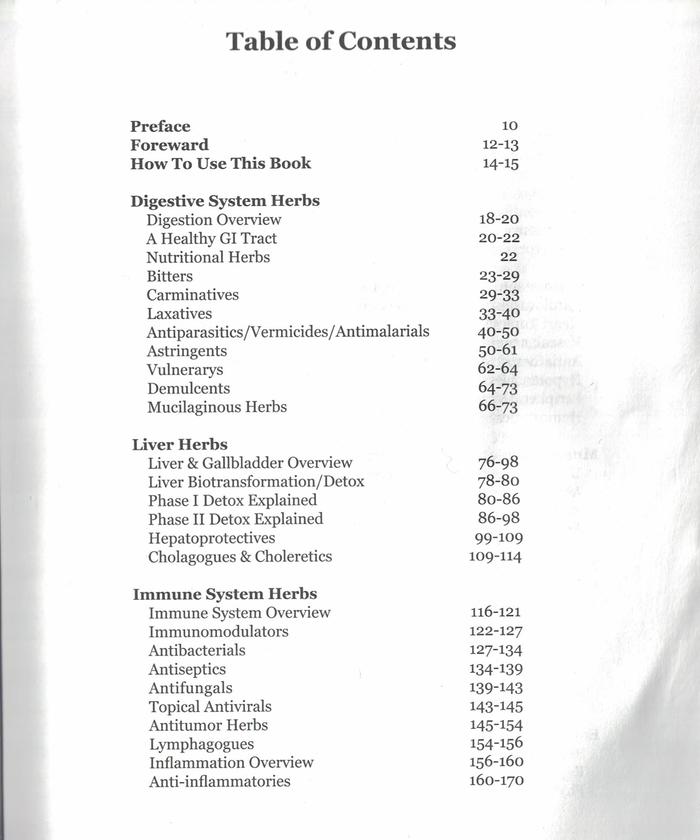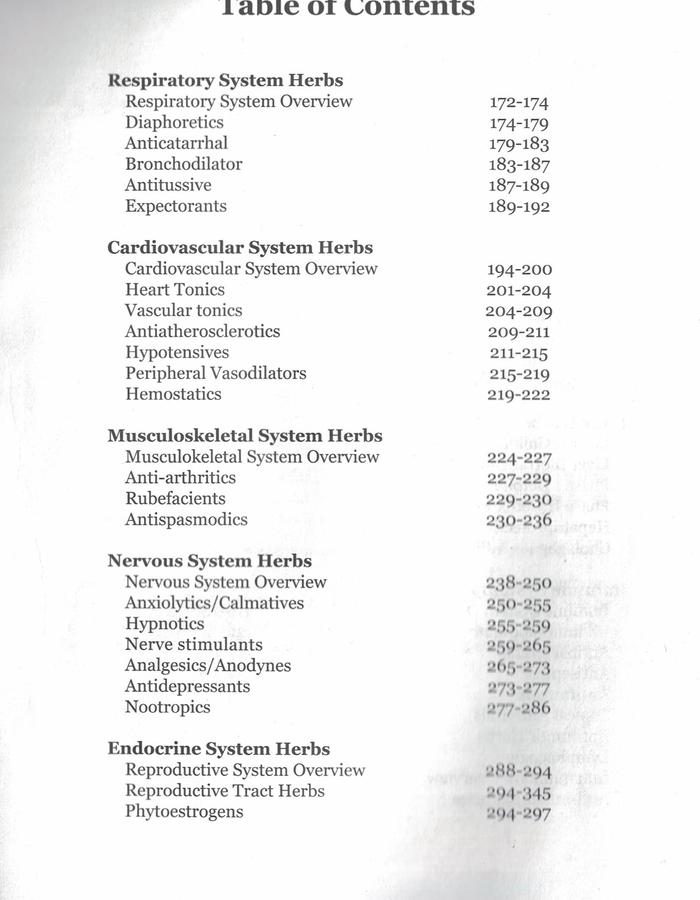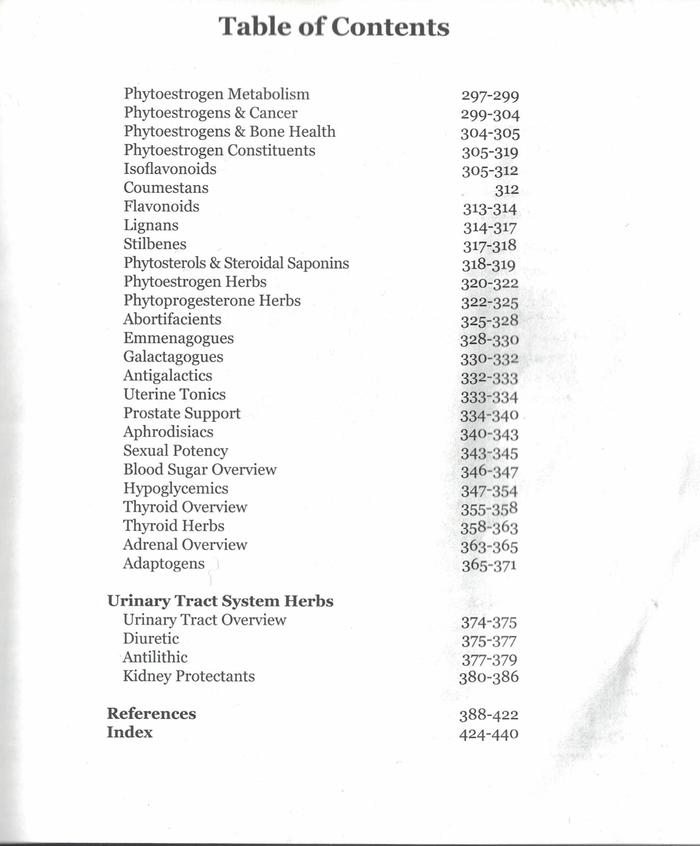Herbal ABC's: The Foundation of Herbal Medicine by Dr. Sharol Tilgner
 Summary
Learn the foundational building blocks of herbal medicine.
You will learn the actions and applications that western herbal medicine is based on.Herbal ABCs is organized by body systems with a physiology review for each organ system.It has up-to-date information on uses, dosages, contraindications of the most commonly used herbs.There are over 1200 scientific citations to support the traditional and clinical information.
With knowledge of herbal medicine you can turn a common plant into an amazing tool for healing.
Summary
Learn the foundational building blocks of herbal medicine.
You will learn the actions and applications that western herbal medicine is based on.Herbal ABCs is organized by body systems with a physiology review for each organ system.It has up-to-date information on uses, dosages, contraindications of the most commonly used herbs.There are over 1200 scientific citations to support the traditional and clinical information.
With knowledge of herbal medicine you can turn a common plant into an amazing tool for healing.
This herb book provides wisdom in the form of basic building blocks that Western herbal medicine is built on. You will be introduced to herbs through their actions and properties within the context of the bodies major organ systems. Each chapter has an introductory physiology review of the organ system it covers. Paul Bergner put it succinctly when he said, Herbal ABC s contains the elements of four books including a traditional herbal, a clinical herbal, a scientific herbal, and a general reference for the application of herbal medicines. This is a book for the serious herbalist/practitioner or layperson who wants to get into the nitty-gritty of understanding all the fundamental hows and whys for the use of the most common herbs in western medicine. Due to its inclusion of up to date scientific data with over 1270 supportive research citations, even practitioners well versed in herbal medicine will find new and interesting facts about herbs that will keep them riveted until they finish the book. Do not be fooled by the name, Herbal ABC s. This is not a simplistic book and it includes many scientific terms. However, if you seriously want to understand the foundation of western herbal medicine, this is the book for you
Sharol Tilgner is a fourth generation Oregonian, an organic/biodynamic farmer, physician, herbalist, & modern day Renaissance woman. She teaches others to grow, and preserve their food and medicine and stay healthy via natural methods. She takes great joy in teaching people to be in charge of their own health care. Writing is one of the best ways she can reach people, to share her knowledge as a physician/herbalist/farmer. She uses blogging, books, free website information and classes as a way to share tools, as she endeavors to co-create a beautiful world.
Related Videos
Also by Dr. Tilgner
Herbal Medicine from the Heart of the Earth
Related Websites
Herbal Transitions: Health & Herbal Education for Practitioners
Wise Acres Farm
Dr. Tilgner's Blog
Wise Acres Farm's Facebook Page
Where to Get It:
Amazon
Direct from the author
amazon.co.uk

 7
7





 4
4











 1
1





 3
3












